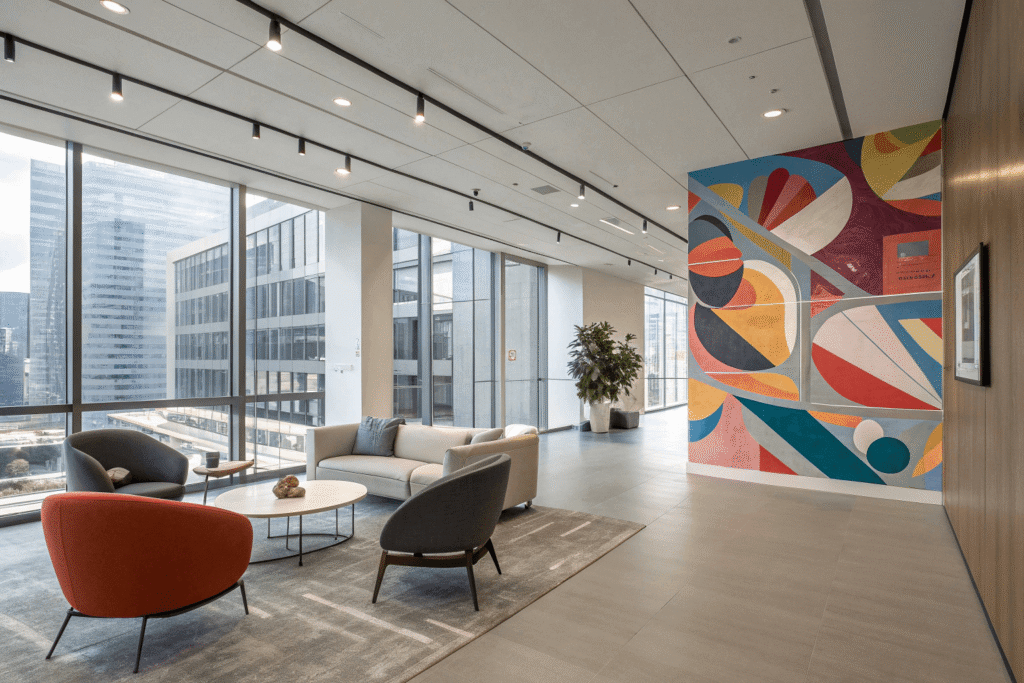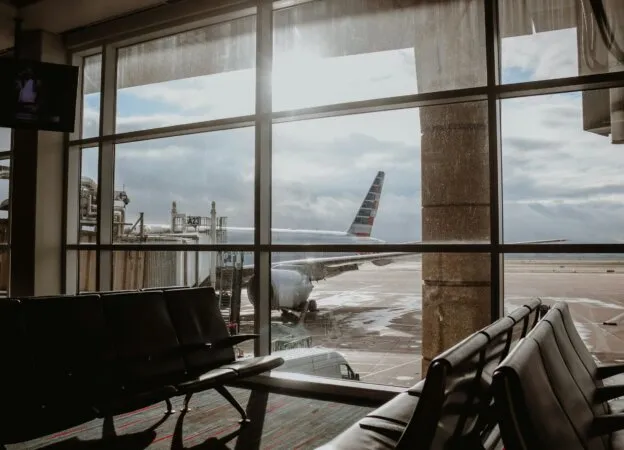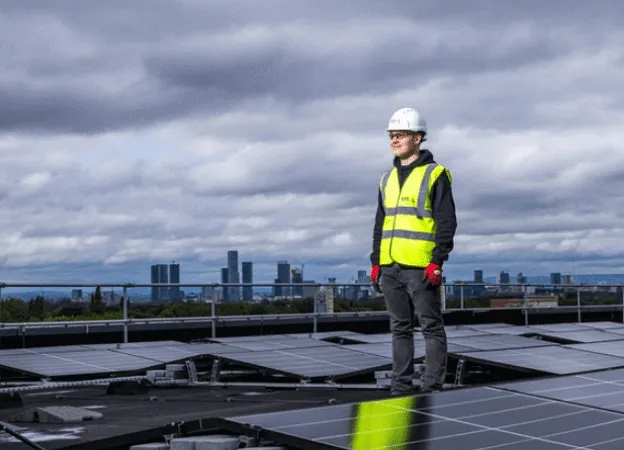Office design in 2026 is shaped by a simple truth: workplaces must evolve as quickly as the people who use them. With hybrid schedules, changing employee expectations, and data-driven planning, companies are rethinking how interiors influence wellbeing, productivity, and culture. The latest trends reflect a shift toward environments that support the whole person — mentally, physically, and creatively.
1. Human-centric environments built for real workflows
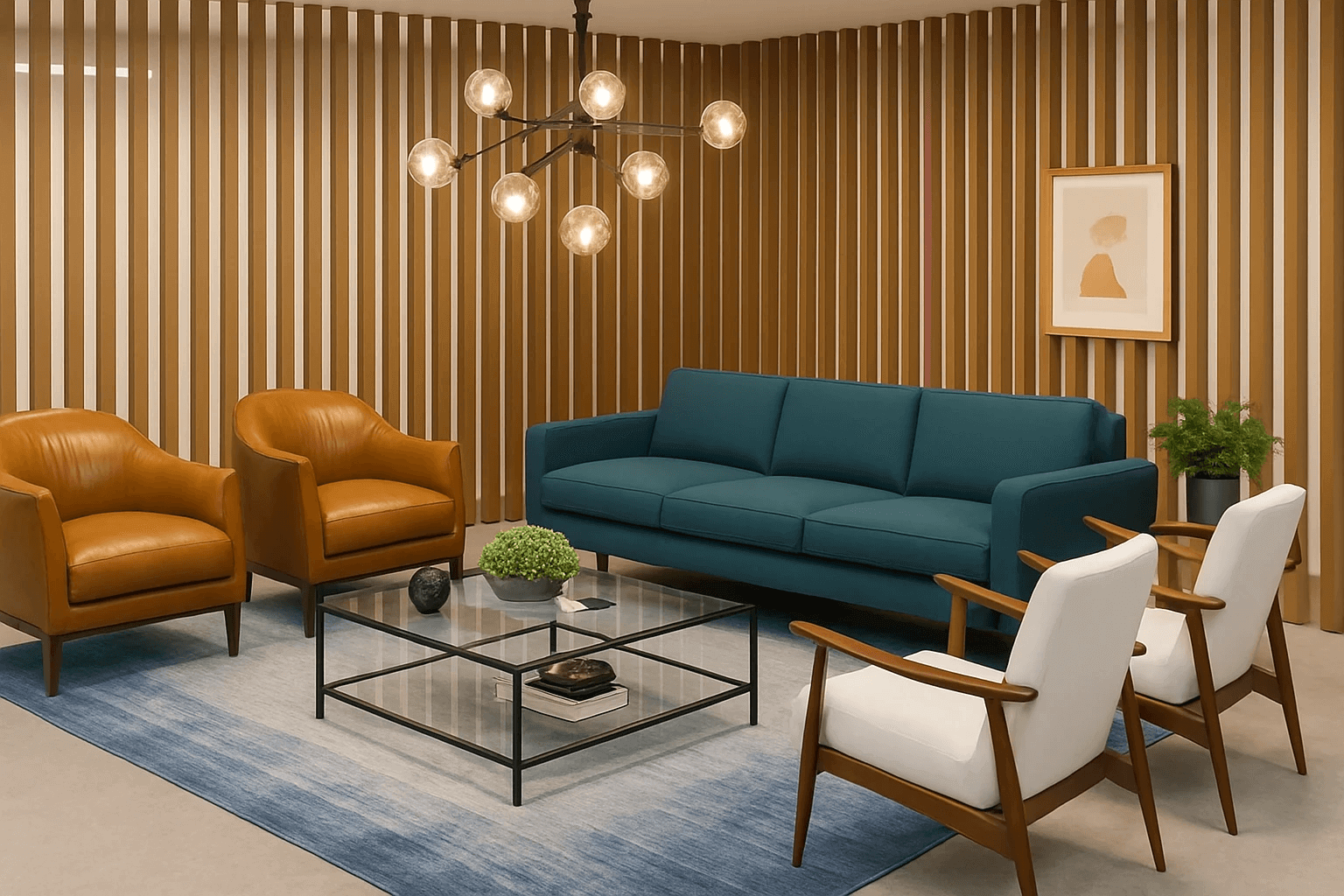
The most influential shift in modern offices prioritizes the human body above decorative branding. Furniture systems are engineered to support micro-movements, with mechanisms that adapt to posture changes throughout long workdays. Recline angles, armrest ergonomics, and seat materials are all calibrated to reduce strain and maintain stable circulation.
Human-centric thinking also extends to environmental systems. Instead of treating lighting, ventilation, temperature, and workstation layout as isolated design decisions, offices now combine them into a unified cognitive comfort strategy. The result: spaces that help employees maintain focus longer, feel less fatigued, and perform at a higher level.
2. Hybrid-optimized layouts designed for flexibility
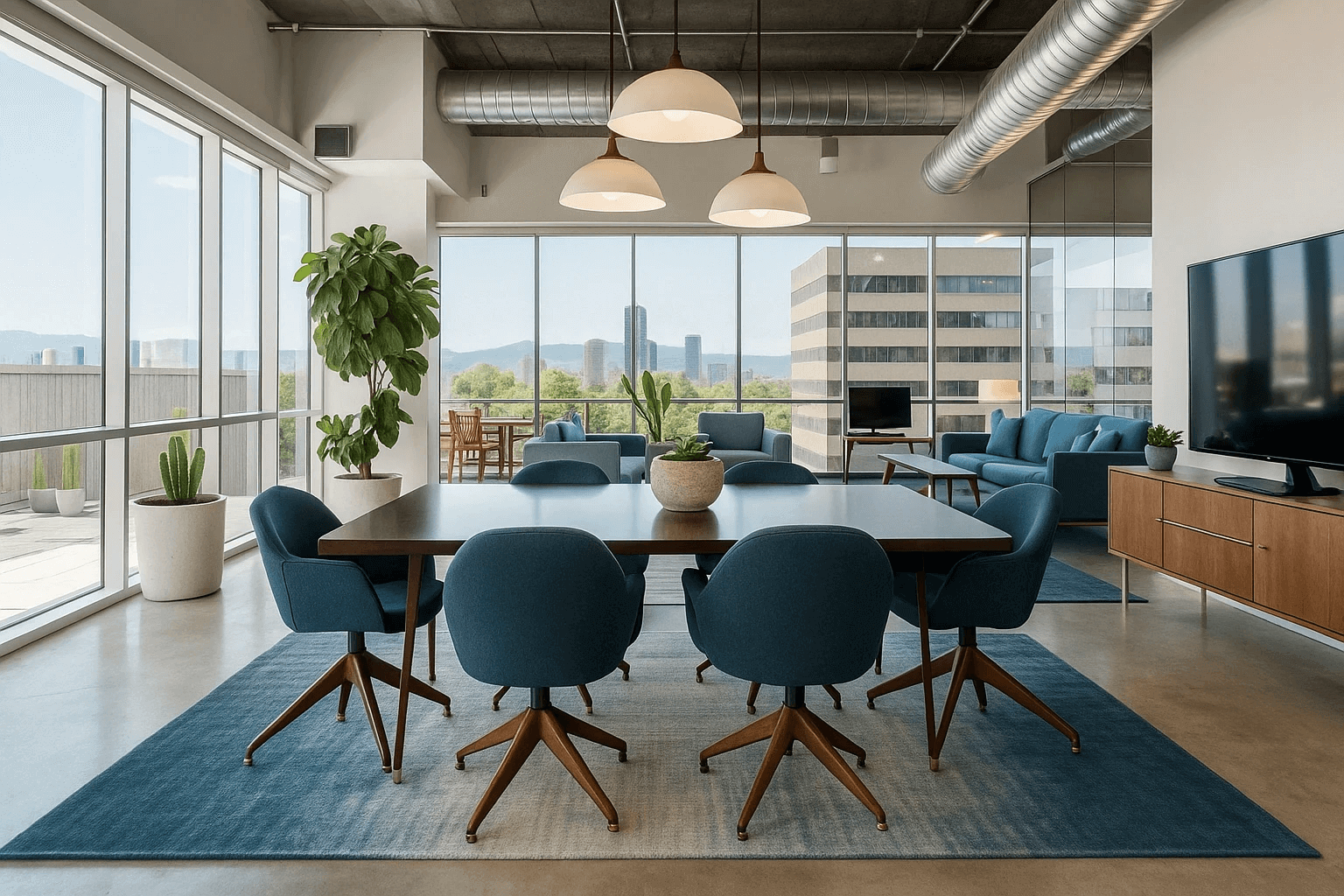
Hybrid work no longer means “a little bit of everything.” In 2026, layouts are deliberately shaped around predictable waves of occupancy. Designers observe how people move through space, then define zones that expand or contract depending on activity levels.
Circulation paths widen in high-traffic areas, narrow where flow slows, and shared tables move away from screens or presentation walls to eliminate interruptions. Acoustic zones are shaped intentionally by placing sound-absorbing materials exactly where speech intensity is highest. These thoughtful micro-adjustments make offices feel more intuitive and easier to navigate.
3. Activity-based working zones

Instead of assigning every zone a fixed function, modern offices organize environments around how people actually work. Spaces shift between solo focus, collaborative brainstorming, private calls, and deep project sessions — sometimes all within the same hour.
- Quiet concentration pods
- Shared collaboration tables
- Lounge-style brainstorming corners
- Enclosed micro-meeting rooms
- Social areas that double as casual work zones
Each area supports a different cognitive rhythm, allowing teams to transition naturally between tasks without disruption.
4. Circular biomaterials and sustainable design

Sustainability in 2026 goes far beyond adding greenery. Designers are prioritizing materials that can be easily disassembled, repaired, or returned to production loops. Recycled metals, modular wood systems, and biodegradable wall or textile solutions are increasingly common.
Finishes remain simple and reversible. Fasteners are visible rather than hidden, ensuring materials stay in circulation rather than contributing to landfill waste. This approach aligns ecological responsibility with long-term durability — a key priority for companies committed to low-impact operations.
5. Craft revival and material authenticity

A growing trend reshapes how workplaces feel: the return of craftsmanship. Materials now celebrate their imperfections — visible wood grain, hand-finished edges, and natural texture variation are embraced as proof of process.
Furniture leans on honest construction techniques, with exposed joinery and natural fibers replacing synthetic composites. Upholstery is shifting back to timeless wool, leather, and jute, which age gracefully and bring warmth to structured corporate interiors. These tactile elements create work environments that feel grounded, honest, and intentionally made.
6. Ethical and culturally connected design

Workplace design increasingly reflects the cultural and ethical context of the region it occupies. Companies gravitate toward locally sourced materials, indigenous craft influences, and transparent supply chains.
Spaces incorporate handcrafted tiles, regionally produced textiles, locally milled timber, and artisan-made partitions. This approach creates environments that feel authentic, not generic — and resonates strongly with employees who value purpose-driven spaces.
7. Lighting that supports wellbeing and focus
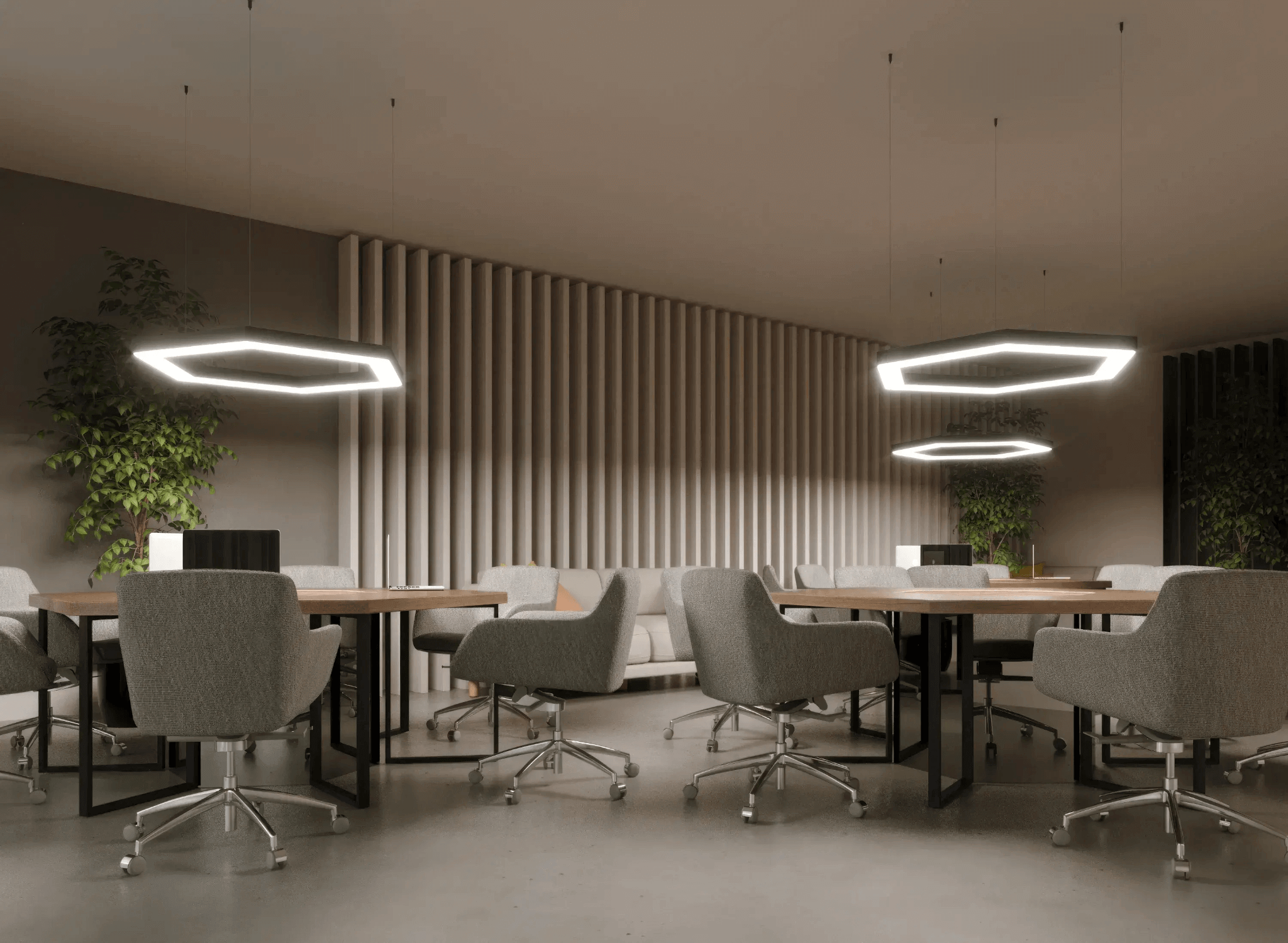
Lighting strategy in 2026 is precision-driven. Instead of relying on uniform brightness, office systems adapt to task type, time of day, and visual comfort.
- Task lighting calibrated for screen work
- Warm, diffused lighting for discussion zones
- High-intensity light for reading or detailed tasks
- Daylight-mimicking fixtures that support circadian rhythms
Some systems even run automated light cycles aligned with occupancy patterns, helping employees maintain energy and mood throughout the day.
Where art meets workplace psychology
As offices grow more personalized and emotionally engaging, visual environments matter more than ever. Many companies use art as a tool for atmosphere, creativity, and identity. Abstract artwork is especially effective in hybrid-friendly workplaces because its open interpretation stimulates imagination without distracting from work. Curated collections — such as the abstract wall art available at https://tryartwork.com/abstract — can help define collaborative zones, energize meeting rooms, and soften high-tech environments with human expression and color psychology.
8. Data-driven adaptability

Smart workplace technology now provides the backbone for long-term planning. Embedded sensors in furniture and rooms track occupancy, movement patterns, collaboration frequency, and unused areas.
These insights drive periodic recalibration of layouts — not based on assumptions but on real behavior. Companies can then redesign zones, remove bottlenecks, or expand high-value areas, ensuring the workplace evolves naturally with employee needs.
Final thoughts: designing workspaces employees truly love
The most important office design trend of 2026 isn’t about aesthetics — it’s about experience. The modern workplace must support wellbeing, creativity, focus, and cultural meaning. When environments reflect how people think, move, and collaborate, employees naturally feel more engaged and supported.
By prioritizing human-centric design, sustainable materials, crafted textures, flexible layouts, and thoughtful environmental systems, companies can create workplaces that people genuinely enjoy being in — not because they have to, but because they want to.
